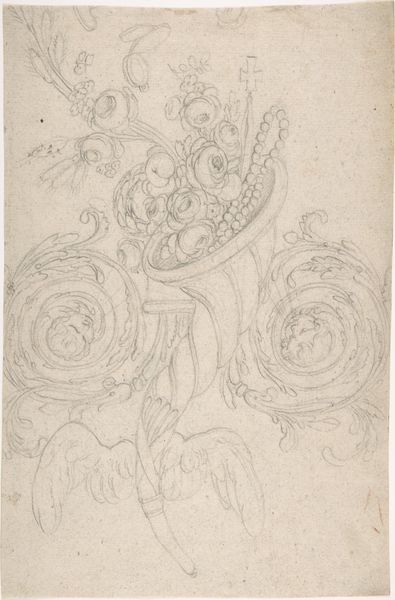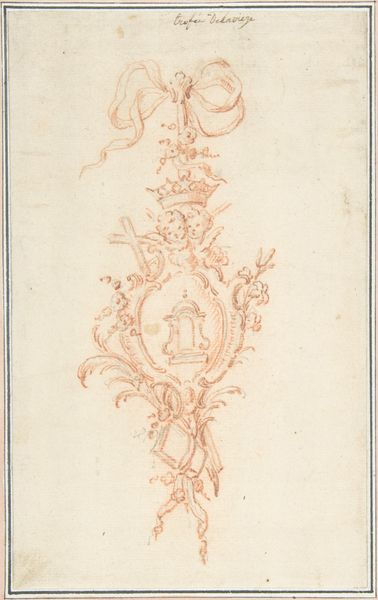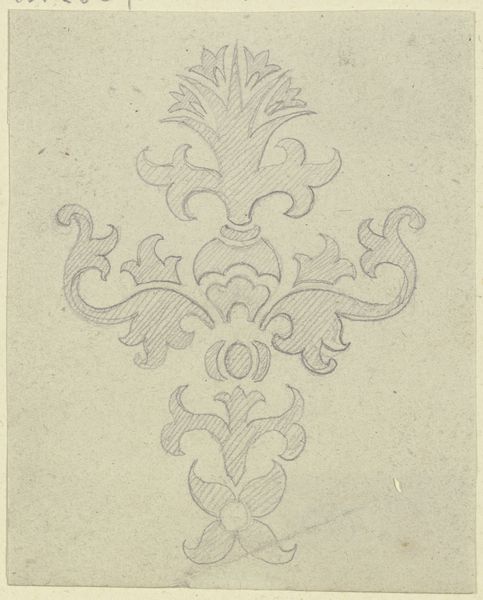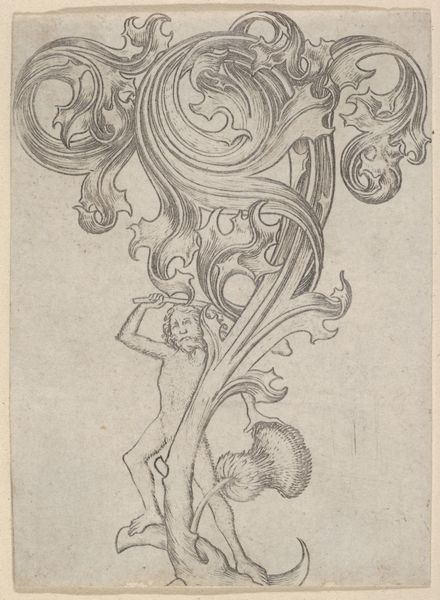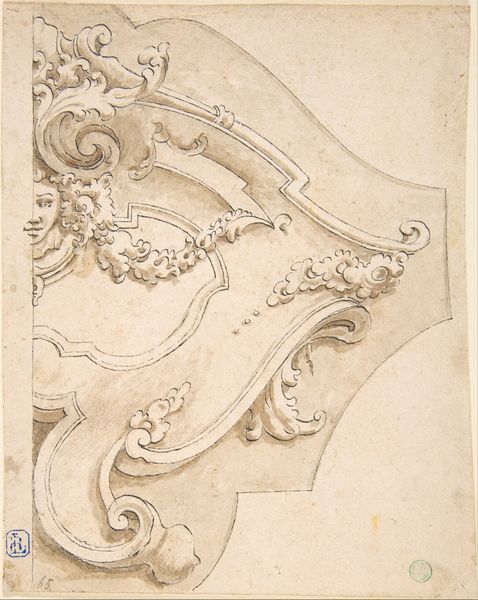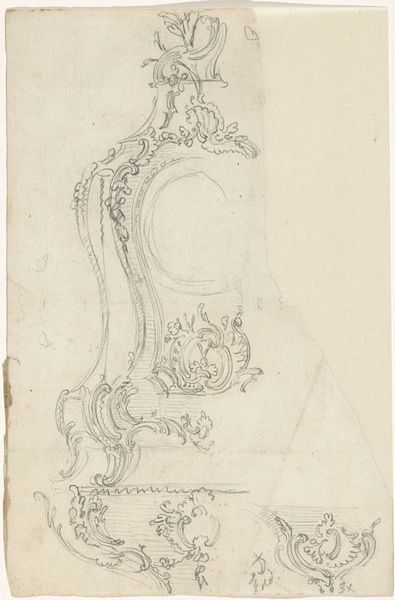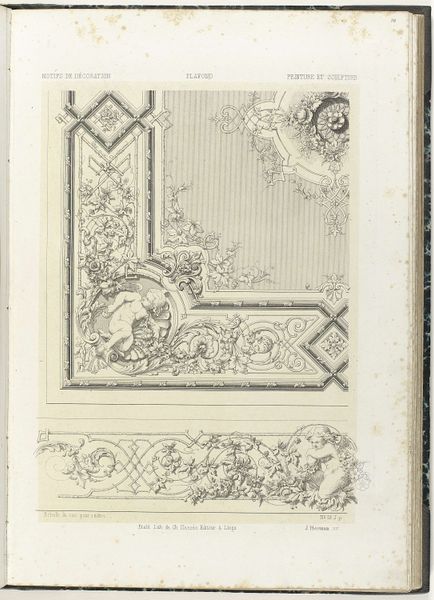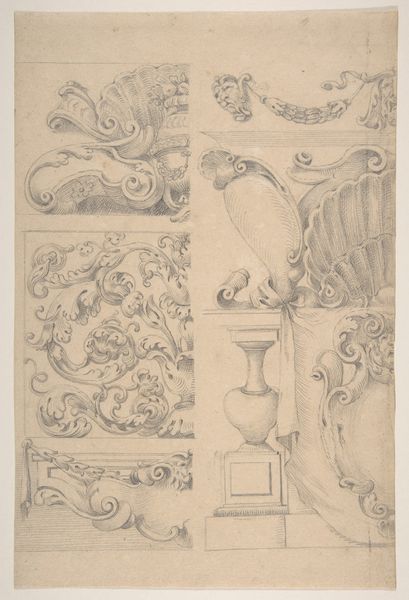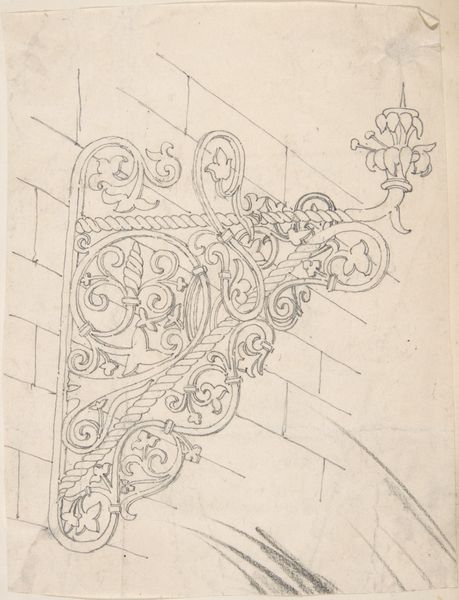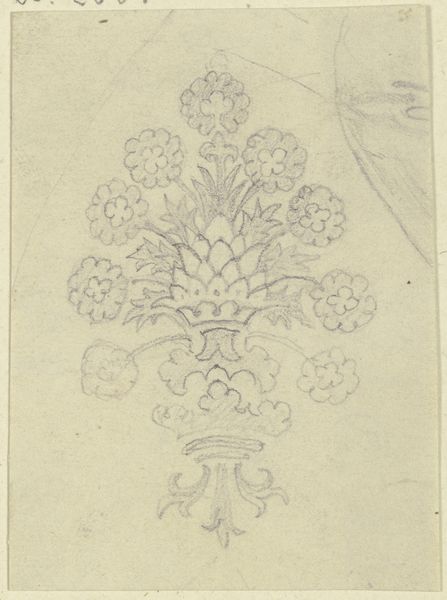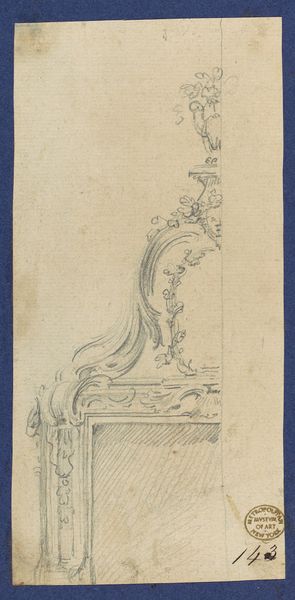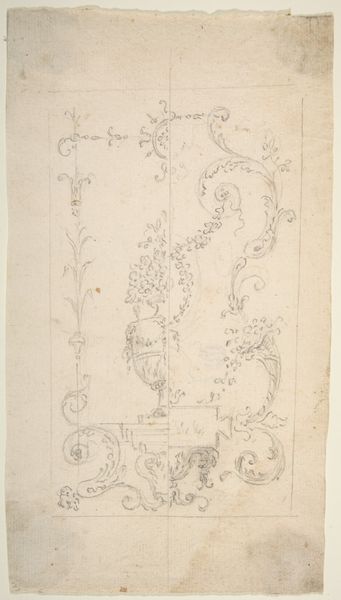
drawing, paper, pencil, architecture
#
drawing
#
paper
#
pencil
#
architecture
Copyright: Public Domain
Karl Ballenberger made this pencil drawing, Kreuzblume und geschweifter Wimperg, sometime between 1801 and 1860, while working in Germany. Ballenberger rendered studies of architectural elements, likely gothic, with close attention to ornamentation. This drawing reflects a 19th-century interest in earlier styles, particularly the Gothic, and reveals a moment of German self-consciousness and cultural production. These types of drawings were often commissioned by institutions to preserve cultural history. By recording and studying historical styles like Gothic, artists and architects could incorporate these elements into contemporary designs, creating a sense of continuity and national identity. Consider the role of institutions, such as museums and schools, in promoting particular artistic styles and shaping cultural values during Ballenberger's time. Further research into German architectural movements of the 19th century, coupled with an understanding of patronage, might illuminate the image's historical importance.
Comments
No comments
Be the first to comment and join the conversation on the ultimate creative platform.
